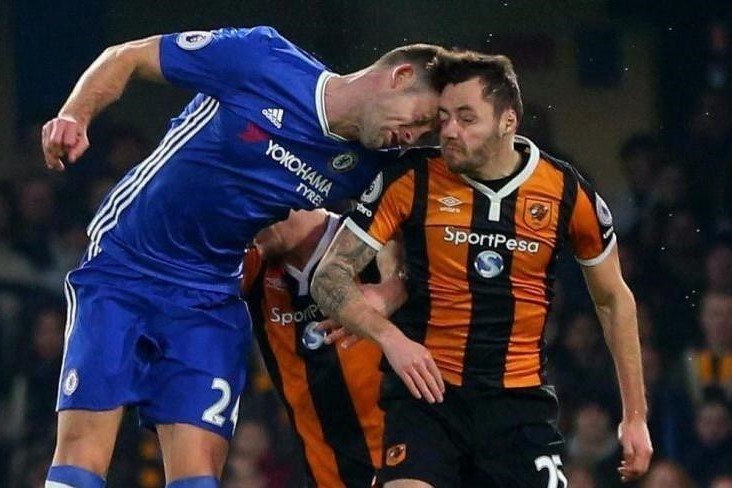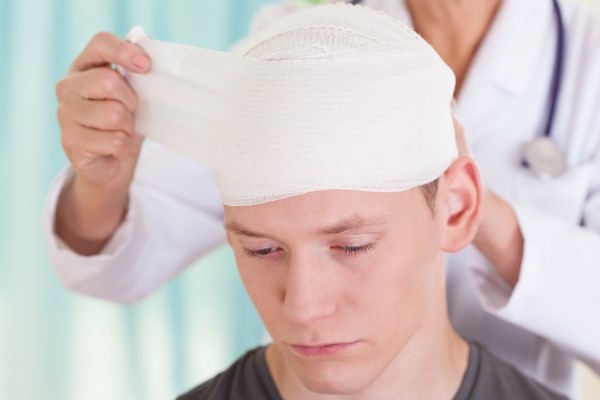
Emergency Room: How Long You Should Stay Awake After a Head Injury
Bystanders and lay rescuers at accidents are greatly concerned with keeping patients with a head injury awake after an accident
They’re worried the patient may have a concussion.
The belief is that if allowed to fall asleep, the patient will die. Is it necessary to keep patients with a head injury from slipping into unconsciousness?
No. Waking head injury patients every hour or so was the standard assessment tool many years ago, but treatment has changed with technology like computerized tomography (CT) and magnetic resonance imaging (MRI) scanners.
Even today, however, it’s easy to see how waking head injury patients (not necessarily keeping them awake) seems to be their ticket to survival
Glasgow Coma Scale and Head Injury
One low-tech tool that we still use to assess head injury patients is called the Glasgow Coma Scale (GCS), which measures the brain’s ability to function.
The measurements take into account the patient’s best responses to directions, touch, and their surroundings.1
The measurements include how the patient responds to voice and pain.
In an unconscious patient, assessing the severity of a potential head injury means having to wake them up.
In fact, how easy it is to wake them up is part of the Glasgow Coma Scale.
The three measurements are eyes, verbal, and motor.
Eyes
The eyes score measures what causes a patient’s eyes to open.
This is the “how easy is it to wake them” measurement.
A fully alert patient has their eyes open all the time.
They get four points. If you have to say something to get them to open their eyes, we say they are responsive to a verbal stimulus (not to be confused with the verbal measurement), and they get three points.
Having to rub your knuckles into their sternum to get them to open their eyes means they’re responsive to painful stimuli and earn two points.
For doing absolutely nothing—not even opening their eyes—they get a point.1
Verbal
The verbal score measures how your patient responds to questions. If they answer questions appropriately and can chat, they are said to be oriented and get five points.
Not being able to answer questions appropriately means they’re confused or disoriented and get four points.
If they’re using words, but they don’t make sense, they earn three points for trying.
If they’re mumbling incoherently, they get two points for making a sound. Just lying there? A point.
Motor
The motor score is the measurement of a patient’s movement.
If they can follow commands (blink when you ask or squeeze your hands), they are awarded six points.
If they don’t do what you tell them, you have to hurt them (a little, don’t go crazy).
People respond to a painful stimulus in a predictable way.
Rub your knuckles into their sternum (breastbone).
If they grab your hands or push them away, that’s five points, and it’s called localizing.
Trying to pull away from you is called withdrawing and is worth four points.
Flexor posturing (hands make fists and toes point away from the head) gets three points.1
Extensor posturing (fingers are straight, and toes point toward the head) is two points.
Remember, both types of posturing only count if they happen because you caused pain.
Again, if the patient just lies there, give them a point.
CT Scans in patients with head injury
Until CT scanners became so readily available, people suspected of having sustained concussions were sent home from the ER with family members who’d been instructed to wake the patient every hour or so.
If the family was unable to wake the patient, they were instructed to call 911 or bring them back to the ER.
Now that concussion patients can be scanned to rule out the possibility of a more serious brain injury, doctors no longer need to tell family members to wake the patients.
Each case is different, and some doctors will still tell family members to wake patients once or twice overnight, but it’s generally not needed.
In no case was keeping a head injury patient awake ever the treatment of choice.
If a patient lapses into unconsciousness, there’s really nothing we can do outside of a proper hospital to keep them awake.
References:
- Teasdale G, Maas A, Lecky F, Manley G, Stocchetti N, Murray G. The Glasgow Coma Scale at 40 years: standing the test of time. Lancet Neurol. 2014;13(8):844-854. doi:10.1016/S1474-4422(14)70120-6
Read Also:
Emergency Live Even More…Live: Download The New Free App Of Your Newspaper For IOS And Android
Head Trauma In Children: How The Ordinary Citizen Should Intervene While Waiting For The Rescuers
Neurology, Link Between Traumatic Brain Injury (TBI) And Dementia Examined
Ruptured Brain Aneurysm, Violent Headache Among The Most Frequent Symptoms
Difference Between Concussive And Non-Concussive Head Injuries



